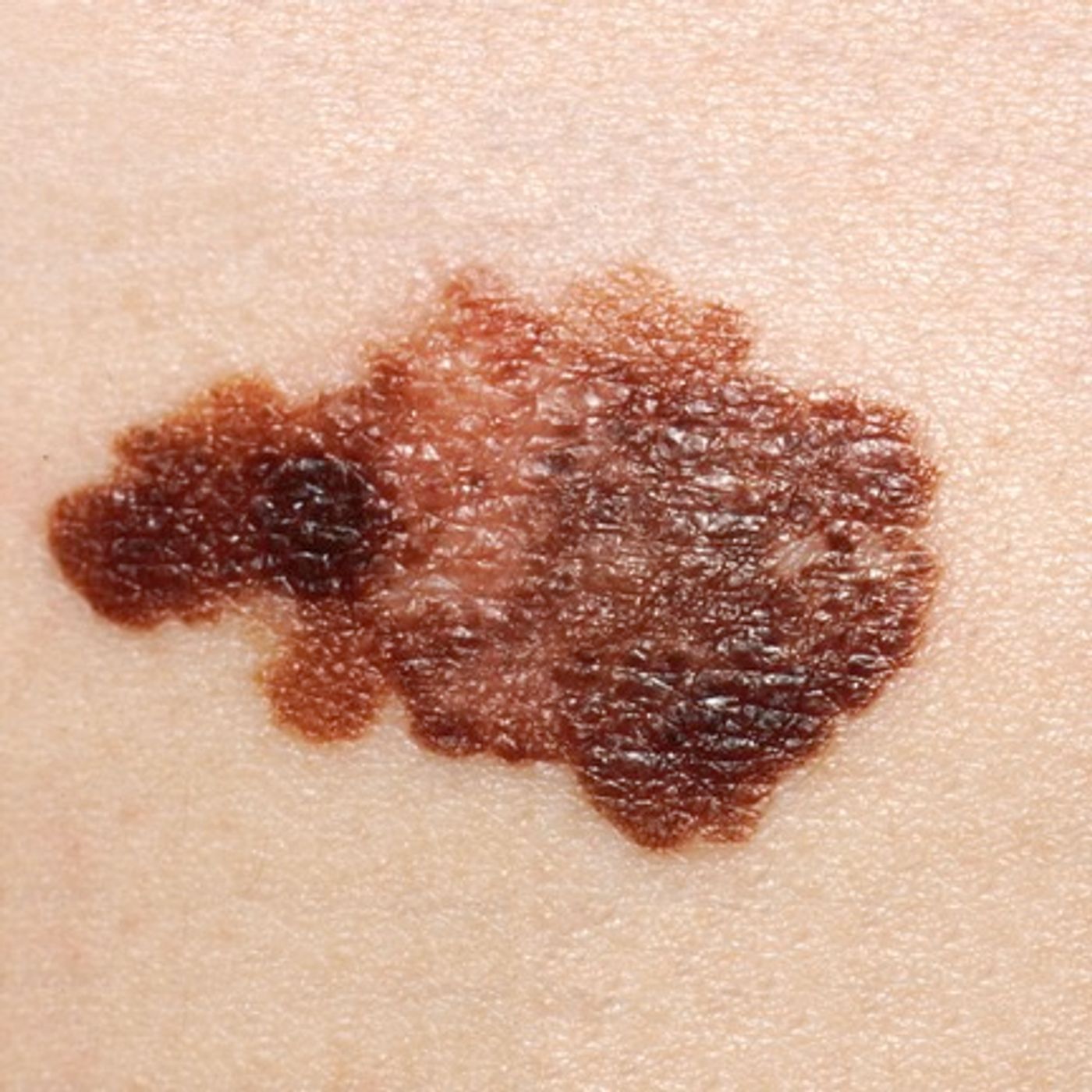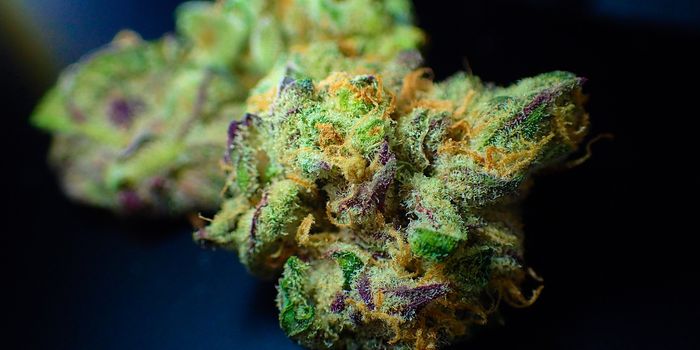Researchers at Sanford Burnham Prebys Medical Discovery Institute announced the discovery of a new anti-cancer compound, named SBI-756, that can halt the growth of melanoma tumors.
Melanoma is a deadly form of skin cancer caused by ultraviolet radiation damages to the skin cells. According to the Skin Cancer Foundation, melanoma kills an estimated 9,940 Americans each year.
While melanoma can be curable if treated early, some forms of melanomas can adapt and quickly become resistant to today’s leading cancer regimens. In about 50% of patients, melanomas are caused by mutations in the BRAF gene, which makes proteins for cell growth. Currently, the Food and Drug Administration has approved one anti-cancer drug, Vemurafenib, for BRAF-induced melanomas. However, despite early tumor shrinkage, some patients inevitably relapse as the tumor cells become resistant to Vemurafenib. For these patients, there hasn’t been another alternative.
The newly discovered compound, SBI-756, has a different target than the conventional Vemurafenib. Instead of inhibiting the BRAF gene, SBI-756 targets cell growth at the start of translation. Specifically, SBI-756 targets the eukaryotic initiation factor 4G1 (also known as eIF4G1) in the translation initiation complex. Every cell depends on the translation machinery to convert mRNA messages into protein products. So, in effect, SBI-756 stops cell growth at its roots, making it a first-in-class drug.
"The unique target of SBI-756 makes it especially promising for use in combination therapy," said Ze'ev Ronai, senior author of the study. "A major issue limiting the effectiveness of current melanoma therapies is that tumors become resistant to treatment. Combining drugs that come at a melanoma from different angles may help overcome the problem of drug resistance."
Indeed, SBI-756 slowed the growth of BRAF mutant melanomas in cells. In mice, the drug delayed onset and decreased the number of melanoma tumors. When the researchers co-administered SBI-756 with Vemurafenib, they reported that tumors shrank and did not reoccur. Taken together, the data suggests that SBI-756 has great potential to treat resistant and unresponsive BRAF-induced tumors.
"The ability of this compound to delay or eliminate the formation of resistant melanomas is very exciting," said Ronai.
The team also reported that efficacy of the compound could be attained with relatively low doses. Furthermore, even when the compound was given to mice over a long amount of time, the team did not find any evidence of toxicity.
The SBI-756 was the product of over seven years of research. But Ronai and his team still have additional tweaking to do before the compound is ready for human clinical trials. And because SBI-756 targets the translation machinery, a fundamental component for cell growth, the team is looking to apply the compound to other tumors.
"We hope that we're going to come up with the next generation of the compound that can go into clinical trials--first in melanoma but likely in other tumors," Ronai said.
Watch the video to learn the warning signs of melanomas.
Sources:
Cancer Research,
EurekAlert


















































